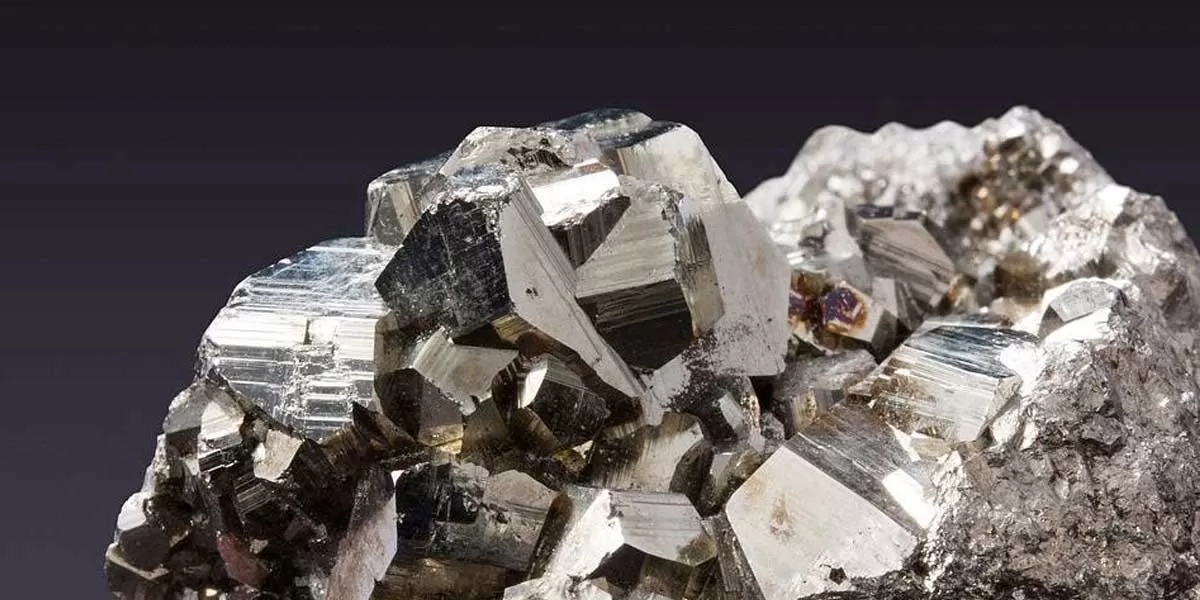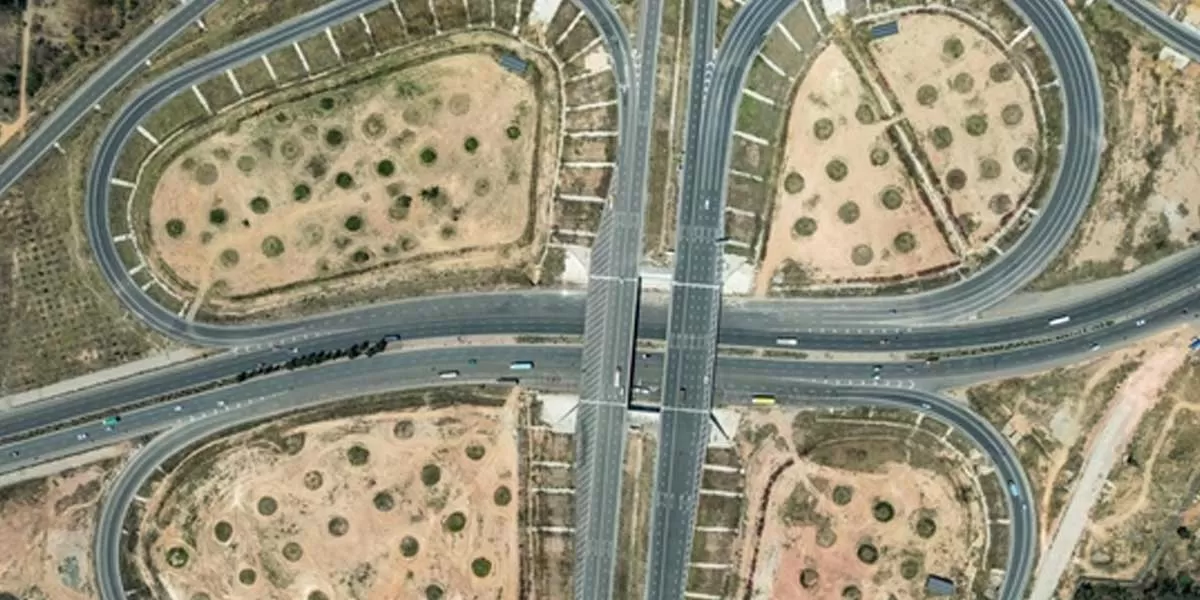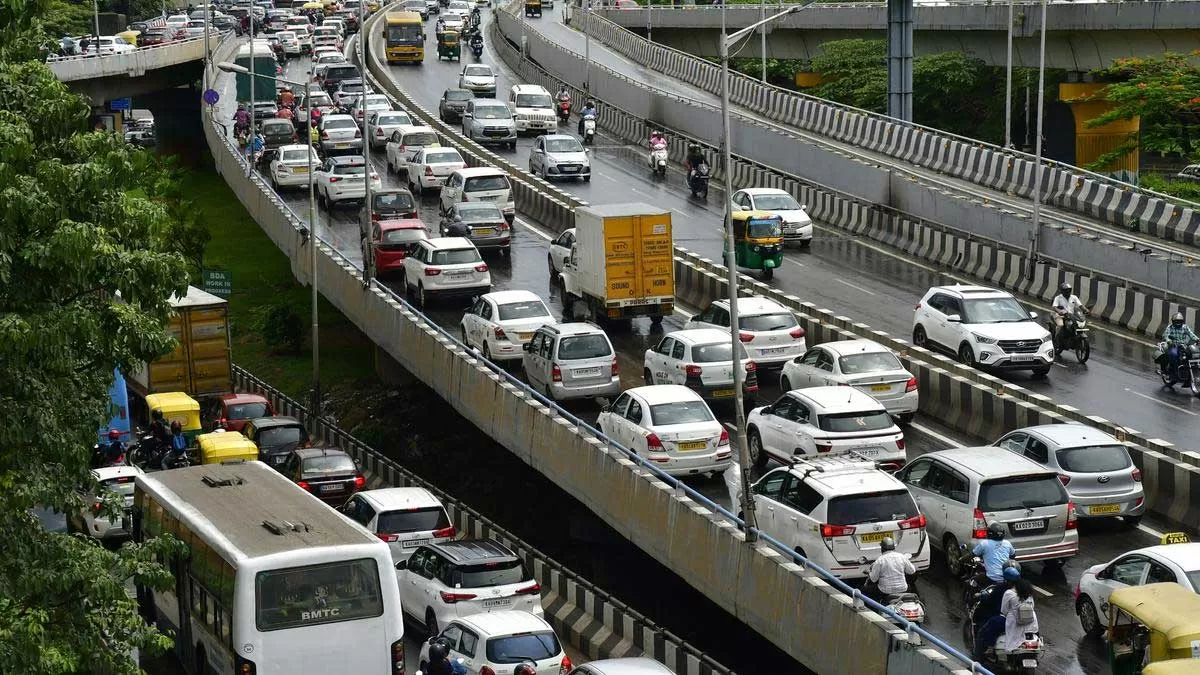The Ministry of Mines has announced, through a gazette notification dated 20th February, 2025, that Barytes, Felspar, Mica, and Quartz will be shifted from the minor minerals category to major minerals. This significant move follows the approval of the National Critical Mineral Mission by the Union Cabinet on 29th January, 2025, which aims to enhance the exploration and mining of critical minerals within India. The mission also focuses on recovering these minerals from mines of other minerals, overburden, and tailings, thereby increasing the country’s self-sufficiency in strategic materials.
The transition of these minerals to major status is seen as an essential step to strengthen the nation’s mineral security and encourage scientific mining. Quartz, Felspar, and Mica are commonly found in pegmatite rocks, which serve as important sources for several critical minerals, including Beryl, Lithium, Niobium, Tantalum, Molybdenum, Tin, Titanium, and Tungsten. These minerals play vital roles in emerging technologies, including energy transition, spacecraft industries, and the healthcare sector, among others. However, under the previous classification as minor minerals, mining operations focused on construction materials like glass and ceramics, overlooking the extraction of critical minerals such as Lithium and Beryl, which are essential for modern technological applications.
The case of Barytes is equally compelling. Barytes is crucial for a wide array of industrial applications, including oil and gas drilling, electronics, TV screens, rubber, glass, ceramics, paint, radiation shielding, and medical applications. Notably, Barytes is used to produce high-density concrete that blocks X-ray emissions in hospitals, power plants, and laboratories. It often occurs alongside ores of Antimony, Cobalt, Copper, Lead, Manganese, and Silver. Mining Barytes often results in the inevitable extraction of these associated minerals, especially when mining operations occur in areas with significant mineral overlap. Thus, the reclassification is expected to foster more efficient and integrated extraction practices.
The reclassification was recommended by the Inter-Ministerial Committee on Mines & Minerals, chaired by Dr. V. K. Saraswat, Member of NITI Aayog, following extensive deliberations. The committee identified the urgent need to bring these minerals under better regulation to enable comprehensive exploration and mining. By shifting them to the major minerals category, the government anticipates increased investment in the extraction of critical minerals and enhanced exploration techniques.
The reclassification will not adversely affect the existing leases of these minerals. As major minerals, their leases will now be extended to a period of 50 years from the date of grant, or until the completion of the renewal period, whichever is later, in accordance with Section 8A of the MMDR Act, 1957. Additionally, the revenue generated from these minerals will continue to be accrued to the State Government as before. A transition period has been granted until 30th June, 2025, for the necessary registration of these mines with the Indian Bureau of Mines. During this period, existing operations will be subject to the regulatory framework for major minerals.
The shift of these minerals to the major category is expected to have profound implications for India's mining and mineral industries. By increasing the regulatory oversight and formalisation of the mining process, this reclassification paves the way for improved exploration technologies, better resource management, and heightened environmental accountability. Additionally, the increased focus on critical minerals like Lithium, which are essential for the electric vehicle and renewable energy sectors, will significantly contribute to India’s growing role in the global green economy.
This move also aligns with India’s broader efforts to reduce reliance on imported minerals and improve the self-sufficiency of its critical mineral supply chains. The increased emphasis on sustainable and scientifically managed mining will not only bolster the country’s technological and industrial sectors but also provide a boost to local economies, particularly in mining regions, through job creation and infrastructure development.


















